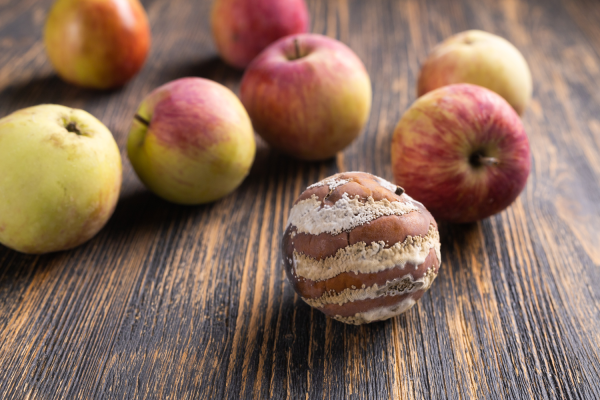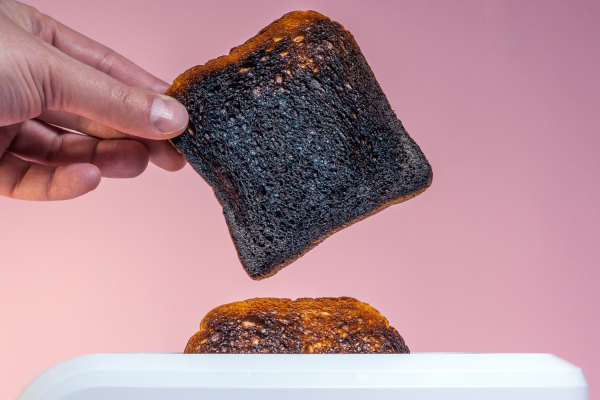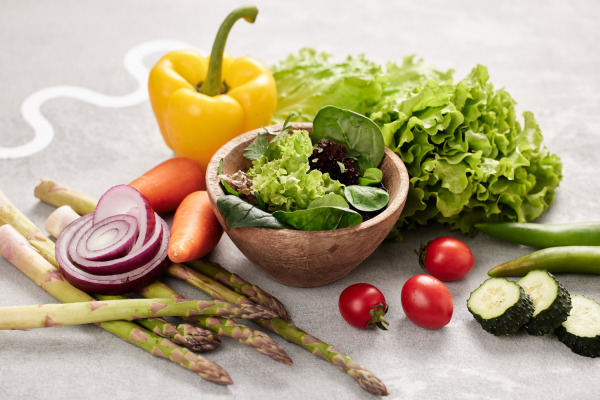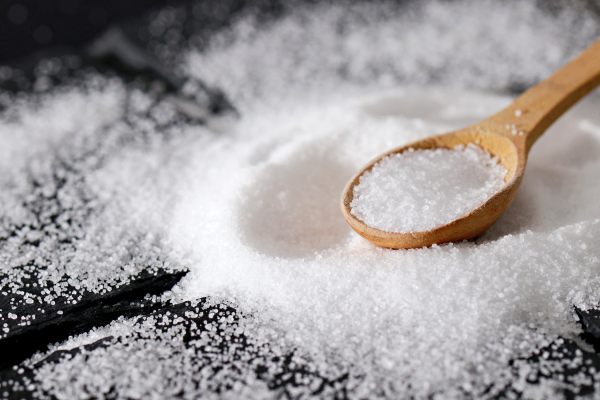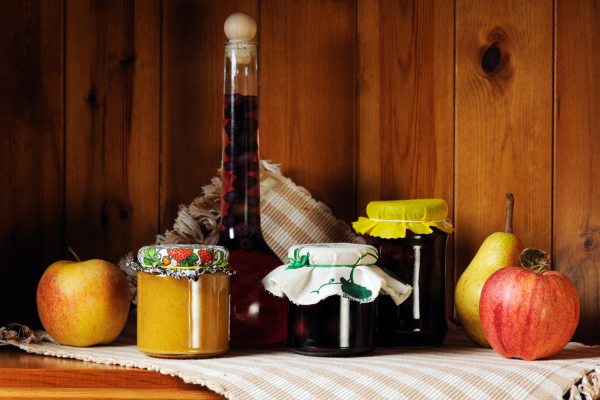
Dehydrating food is one of the oldest and most effective methods of food preservation, with a rich history dating back thousands of years. From ancient civilizations to modern-day kitchens, this technique has been used to extend the shelf-life of various foods, including fruits, vegetables, and meats.
The history of dehydrating food
The practice of dehydrating food dates back to ancient times. Evidence shows that Middle Eastern and Oriental cultures dried foods as early as 12,000 BC. Around 2,800 BC, the ancient Egyptians used to dry fish, poultry, dates, and raisins for long-term storage. In the Middle Ages, cocoa leaves and fruits were sun-dried in Mexico and Peru. These early methods set the foundation for modern dehydration techniques, which have evolved significantly over time.
Benefits of dehydrating food
Dehydrating food offers several advantages for both manufacturers and consumers:
1. Extended shelf-life: By removing moisture, dehydration inhibits the growth of bacteria, yeasts, and mold, allowing food to be stored for longer periods.
2. Preserved nutrients: When done correctly, dehydration can help preserve the nutritional content of food, including vitamins and minerals.
3. Retained flavor: Proper dehydration techniques can help retain the original flavor of the food, making it a popular choice for snacks and meals.
Methods of dehydrating food
There are several methods to dehydrate food, each with its own advantages and requirements:
1. Sun Drying: This traditional method involves exposing food to direct sunlight until it is dry. It is best suited for climates with low humidity and consistent sunshine.
2. Oven Drying: Using an oven set at a low temperature (around 140°F or 60°C) can be an effective way to dehydrate food. This method requires careful monitoring to ensure the food does not cook or burn.
3. Dehydrator Machines: Modern dehydrators use controlled heat and airflow to efficiently remove moisture from food. These machines are convenient and can be used to dehydrate a variety of foods simultaneously.
4. Freeze Drying: This method involves freezing the food and then reducing the surrounding pressure to remove the ice through sublimation. Freeze-drying preserves the structure, nutritional content, and flavor of the food more effectively than other methods.
Tips for successful dehydration
To ensure the best results when dehydrating food, follow these tips:
1. Preparation: Wash and slice the food into uniform pieces to ensure even drying. Some foods may require blanching or treatment with lemon juice to preserve color and flavor.
2. Temperature Control: Maintain a consistent temperature throughout the dehydration process to prevent case hardening, where the outer layer of the food dries too quickly and traps moisture inside.
3. Storage: After dehydration, store the food in airtight containers or glass jars to protect it from moisture and contaminants. Vacuum sealing can further extend the shelf-life.
Common foods for dehydration
Some of the most common foods that are dehydrated include:
1. Fruits: Apples, bananas, apricots, and berries are popular choices for dehydration. They can be used in snacks, trail mixes, or rehydrated for use in recipes.
2. Vegetables: Carrots, bell peppers, onions, and mushrooms are often dehydrated for use in soups, stews, and other dishes.
3. Herbs: Dehydrating herbs like basil, oregano, and parsley can preserve their flavor for use in cooking and seasoning.
4. Meats: Jerky is a popular dehydrated meat product that is high in protein and can be stored for long periods.
At Galactic, we understand the importance of preserving the quality and safety of food products. With over 30 years of experience in the food market, we specialize in developing natural, fermentation-based ingredients that enhance flavor, freshness, and safety across various applications. Our expertise in food preservation aligns with the principles of dehydration, as we strive to deliver innovative solutions that meet the needs of modern consumers while adhering to legislation.

Still have questions?
Can’t find the answer you’re looking for?
Contact us for expert advice and support!

